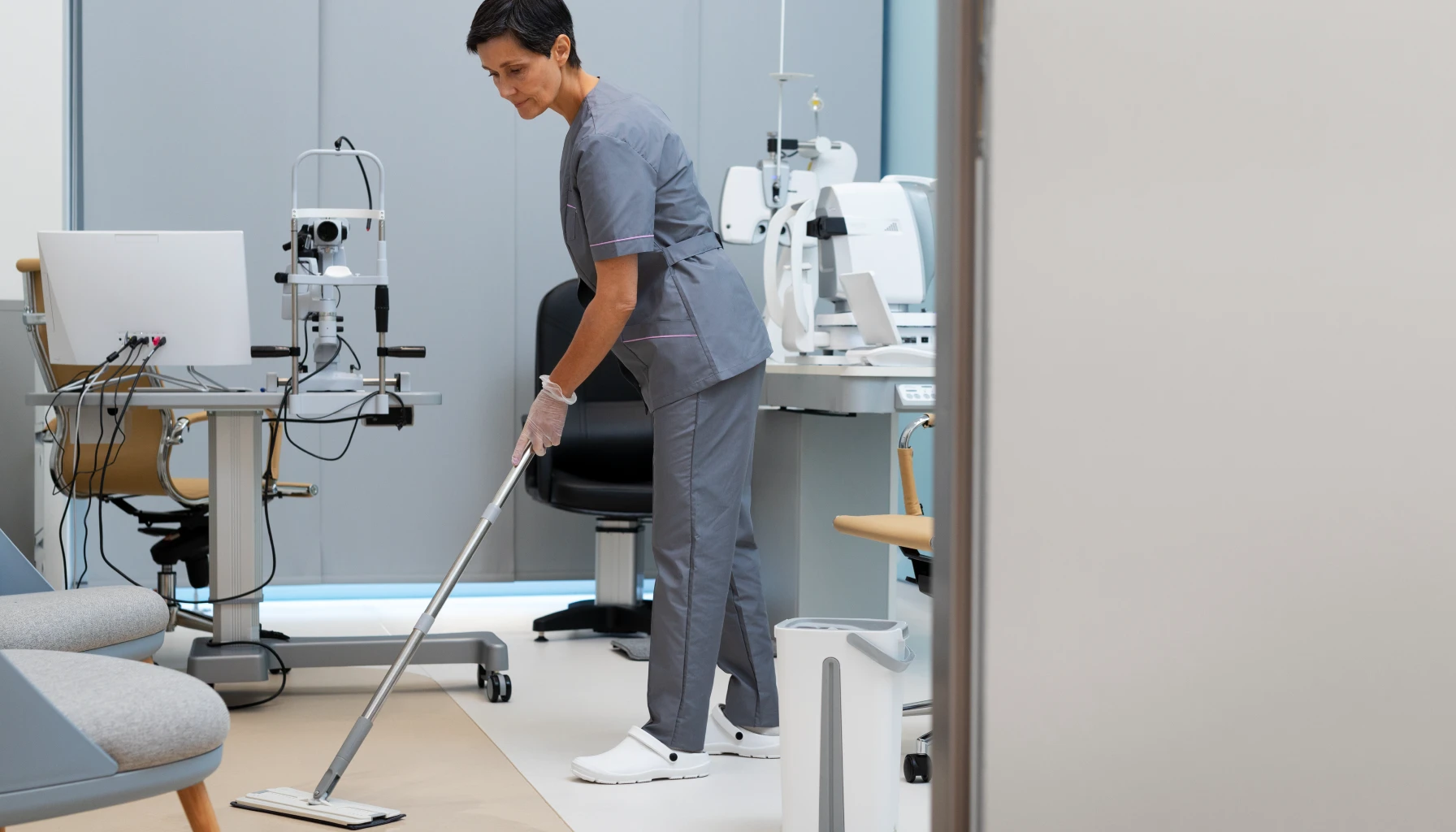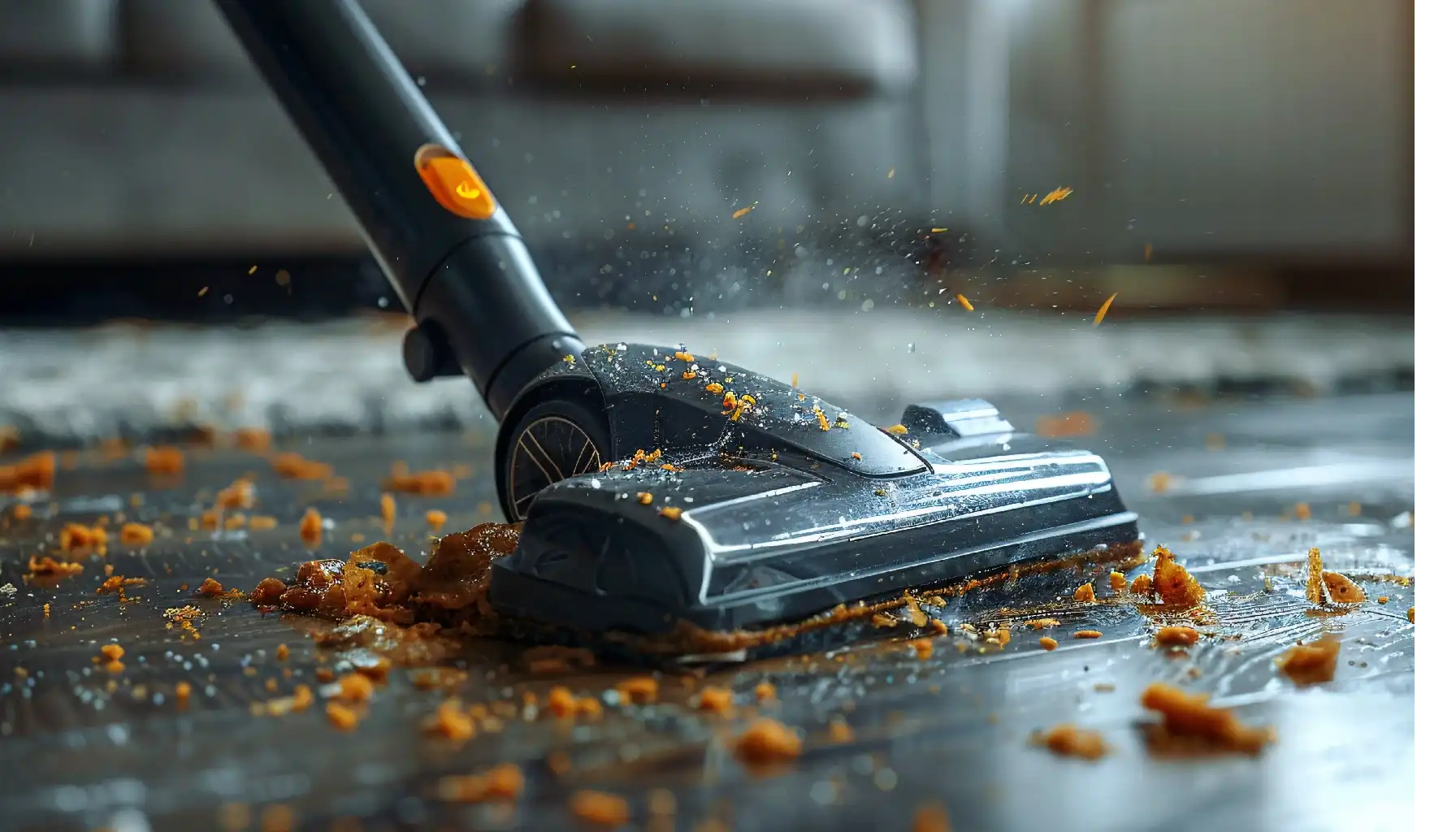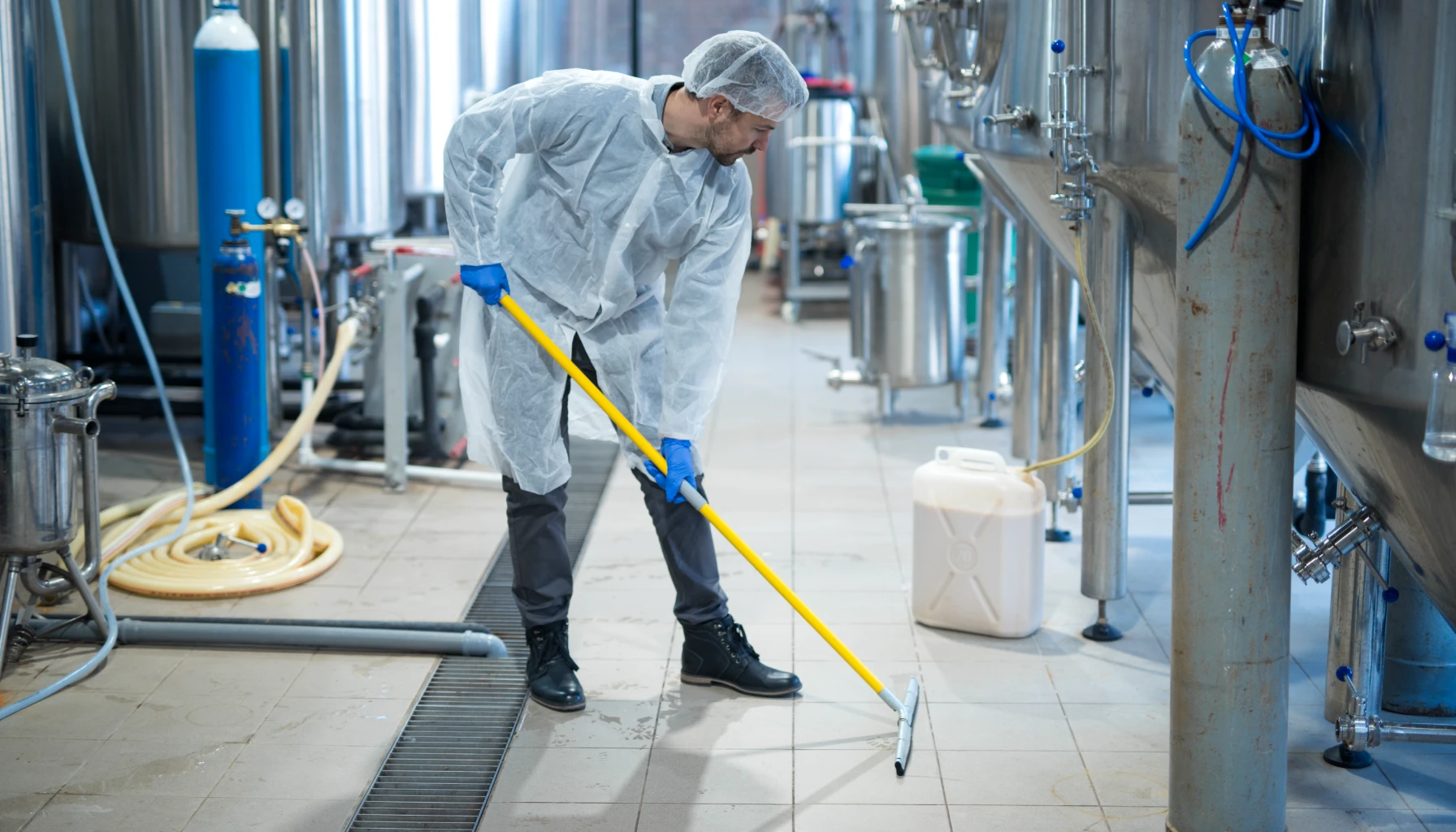Spill Management in Hospitals

Spill management in hospitals is one of the most significant and challenging tasks since the patients, employees, and visitors are at risk. In a hospital setting, chemical, biological, pharmaceutical, and even radioactive substance spills are always possible to happen at any time. The possible risks include infection exposure, chemicals, and even slip-and-fall injuries. Proper spill management is more than what is perceived as merely cleaning the spill, it involves the safety and health of all people within the facility as well as abiding by the pertinent regulations.
This blog deals with what spill management is in healthcare facilities, as well as the most common forms of spills and their management. It will also focus on the elements of a well-designed cascade spill kit and personnel training. Furthermore, it will advocate for the proper selection of tools, including special spill control products for spill management.
Understanding Spill Management in Hospitals
Hospitals handle different types of materials, and each material is associated with its spill problem. Some of the most common spills for hospitals include:
- Chemical Spills: Spills of this nature include disinfectants, cleaning agents, and lab chemicals. Chemical spills may pose dangers by way of skin rashes, respiratory problems, and, in some cases, chemical burns if not managed correctly.
- Biological Spills: Fluids such as blood, as well as other infectious waste, are included in this category. Biological Spills are risky since they contain the capability of spreading diseases and thus necessitate speedy action to avert the propagation of pathogens.
- Pharmaceutical Spills: Pharmaceutical liquids used to treat disease as well as cytotoxic medicines, among others, can spill at the point of preparation or dispensation. They are risky in that they may be absorbed into the skin by individuals or orally ingested.
- Radioactive Spills: Radioactive isotopes employed in imaging and treatments have a tendency to spill, thus exposing individuals to radiation. Such spills need cautious and specialized methods of handling and disposal.
- General Liquid Spills: Non-hazardous liquids like water and cleaning solutions make floors slippery. If not removed, such liquid spills pose a slip-and-fall hazard to individuals.
The cleanup procedure is different for every spill. There are various methods of cleaning various spills while it is conducted in a safe way. Mesh covers can help plug gaps without compromising safety.
Steps for Effective Spill Management in Hospitals
Assess the Spill
In terms of spill control, one assesses the spill size as the initial step. This refers to the determination of the type of spill, the amount of the spill, and the hazards it poses. For instance, minor spills would need a simple mop while chemical and biological spills would need specialized apparatus for cleaning up.
Regulate the Spill
In the case of a spill, one should determine how wide it can spread and restrict it to that much boundary. Apply absorbent barriers, spill kits, or any other containment equipment for support. For instance, other spill control materials like absorbent socks or pads are meant to confine such spills.
Mitigate the Spills
For every category of spill, the collection process can vary. When it comes to chemical spills, there are some absorbents used in the market that can help. When dealing with biological spills, disinfectants would be the ideal one to clean all pathogens. Radioactive spills are handled by using special equipment with some specific guidelines to use and prepare them for disposal.
Handle the Waste Appropriately
The initial and key step is the cleaning of the spill, yet equally vital in this context, particularly under hospital procedures, is the disposal of the waste itself. Contaminated materials like absorbents and PPE need to be discarded at all times in specifically provided biohazard bins.
Report and Document the Incident
All spills need to be reported to the relevant department and recorded for keeping records. This is used to establish trends, enhance spill response procedures, and ensure safety regulation compliance.
Adhering to these steps will enable hospitals to successfully deal with spills and reduce their effect on safety and operations.
What is Included in a Good Hospital Spill Kit?
Effective spill management in hospitals relies hugely on a well-supported spill kit. A good hospital spill kit must include the following:
Absorbents:
Pillows, socks, and pads useful for soaking up a spill are referred to as absorbents. Absorbents of different shapes and sizes, such as those for chemicals and bodily fluids, should be available at hospitals.
Personal Protective Gear (PPE):
Employees are protected from harmful contact with chemicals during cleaning with the use of goggles, gowns, masks, and gloves.
Containment Devices:
The use of spill berms or absorbent barriers prevents the spreading of the absorbent that’s already been used.
Disinfectants:
Surfaces contaminated with biological materials are disinfected to remove the harmful organisms by use of disinfectants.
Neutralizers:
Neutralizers may be used if the chemical that’s been spilled needs to be made harmless before cleaning can start.
Waste Disposal Bags:
Bags that can be sealed to remove dirty materials without any risk of leakage.
Instruction Manual:
Basic instructions regarding the effective use of the spill kit.
Ekosphere produces the best coir product in NZ that can prove to be highly beneficial for absorbents, particularly for hospital use in New Zealand. Having a spill kit readily on hand in case of a spill reduces the risks and downtime by enabling the staff to react quickly and efficiently.
Training and Safety Protocols for Hospital Staff
Significance of Staff Training in Spill Response
Accurate training is the cornerstone of efficient spill management in hospitals. The personnel needs to be given the training and knowledge required to respond to spills effectively and safely. Training must address:
- Recognition of various kinds of spills.
- Usage of spill kits and spill absorbents appropriately.
- Emergency response techniques.
- Need for PPE and its use.
- Personal Protective Equipment (PPE) Requirements
PPE is critical to the protection of personnel while cleaning up spills. The nature of the spill dictates the type of PPE that must be used. For instance:
- Goggles and gloves are needed for chemical spills.
- Masks and full-body gowns might be necessary for biological spills.
- Radiation protection equipment is needed for radioactive spills.
- Emergency Response Drills and Preparedness
Regular drills and simulations can be utilized to practice the responses of staff to spills and enhance preparedness. These should be simulations that reflect actual circumstances, e.g., a chemical spill in the laboratory or a biological spill in a patient’s room. Staff can develop confidence and achieve an immediate, well-coordinated response in case of an actual occurrence by practicing such scenarios.
Conclusion
Spill management in hospitals must be done correctly to ensure a clean and safe environment. Hospitals are faced with various types of spills, including chemical, biological, pharmaceutical, and radioactive, all of which must be dealt with specially. Familiarity with the types of spills, having proper cleanup procedures in place, and equipping staff with the necessary equipment and training can do much to reduce the dangers involved in accidents due to spills.
The most important thing in successful spill control is having a well-stocked spill kit and high-quality spill control products. In New Zealand, one should invest in high-quality coir products as a long-term and eco-friendly absorbent solution. Proper training of staff and frequent emergency simulation exercises also guarantee that staff are properly equipped to deal with spills in a timely and safe manner.
Lastly, an active spill management program not only protects patients and employees but also enhances the reputation of the hospital as a compliant, safe healthcare facility. As hospitals take spill management into priority, ensuring that the hospital facility is safe for all becomes more achievable.



